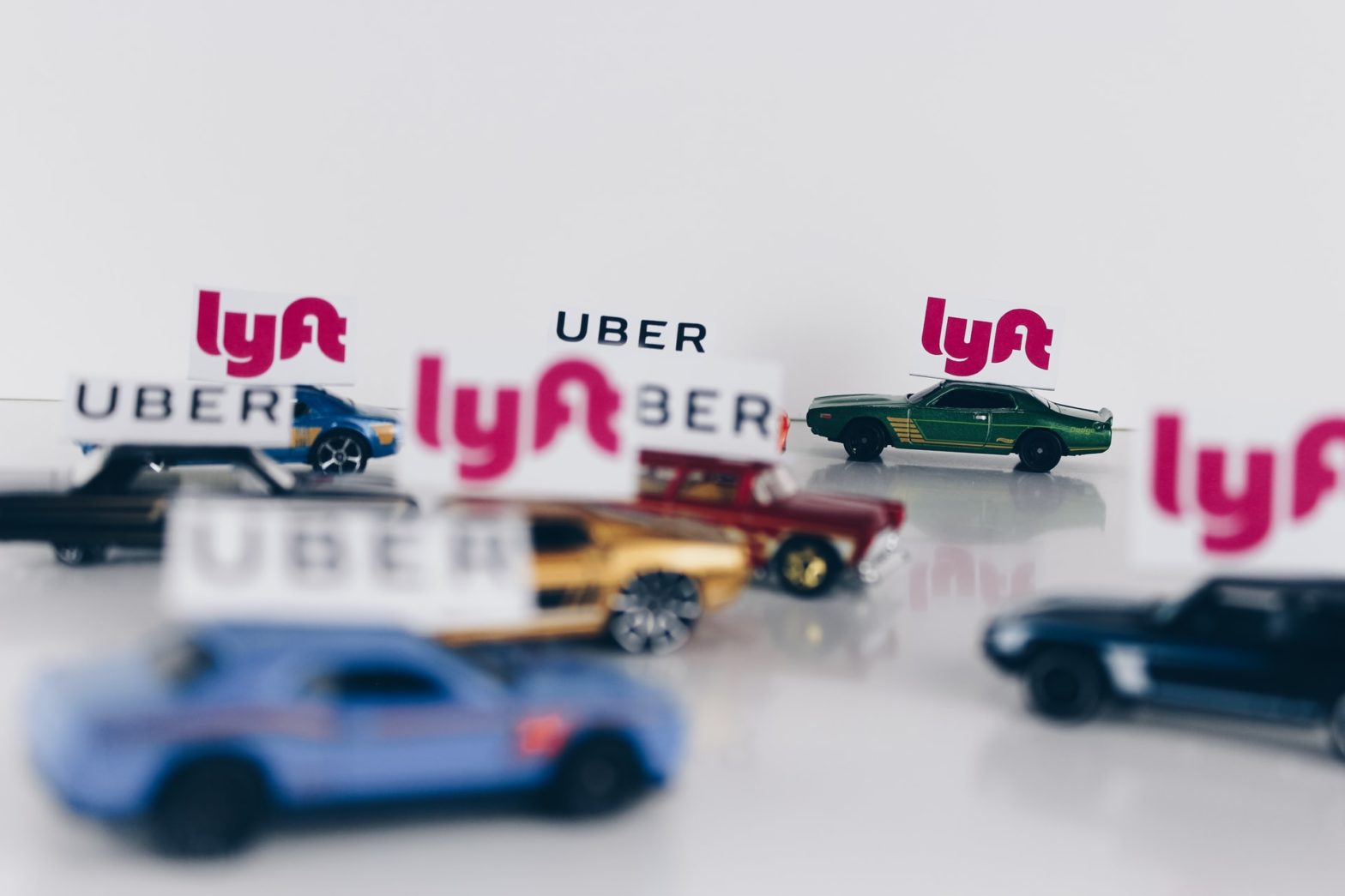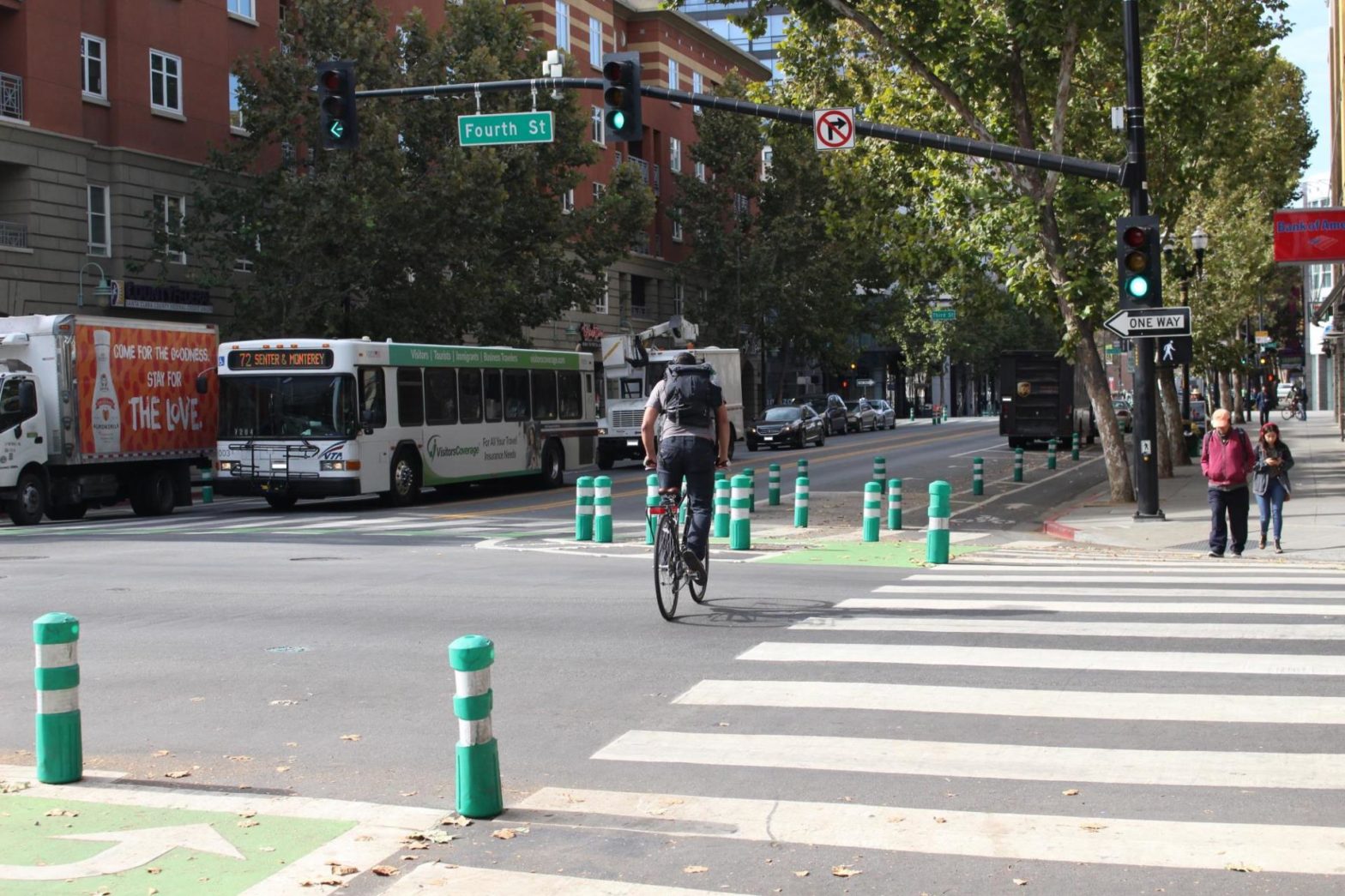
Photo: thought-catalog-x5GdvJ-taiQ-unsplash
MIT study suggests cities should coordinate ride-hailing
29 March 2022
by Christopher Carey
A study by researchers from Massachusetts Institute of Technology (MIT) has revealed the extent to which ride-hailing competition clogs city streets.
Working in collaboration with the Institute for Informatics and Telematics of the National Research Council of Italy, the paper suggests that cities should use a unified single platform to achieve an optimally sized ride-hailing market.
“What this shows is that by not coordinating ride-hailing companies, we are creating a huge amount of additional traffic,” said Carlo Ratti, a Professor in MIT’s Department of Urban Studies and Planning (DUSP), and co-author of the report.
“If cities were to use a platform to coordinate ride-hailing, we could reduce overall congestion and traffic in cities all over the world.”
Measuring the impact
In conducting the study, researchers used anonymised taxi data in five cities: New York (for Manhattan only), San Francisco, Singapore, Vienna and Curitiba.
The number of trips recorded ranged from 300,000 in Vienna to 150 million in New York.
Using this data as a proxy for all ride-hailing demand, the researchers then modelled the flow of traffic needed to pick up passengers with optimal efficiency, as well as scenarios in which multiple firms competed independently of one another.
This approach allowed the team to isolate the effects of adding new ride-hailing firms to a given market.
Ultimately, the researchers found that adding a standard-sized ride-hailing firm to the market had varying effects on the number of vehicles that would be deployed in an attempt to meet demand.
In Manhattan, a new competitor entering the market would only increase the quantity of ride-providing vehicles by about three percent.
In Singapore, the figure was eight percent, and in Curitiba it was 67 percent.
The figures represent what the researchers call the “cost of non-coordination” in the industry.
“If you allow everyone to optimise independently, it generates extra congestion. You don’t get the closest car – you might get an Uber car which is farther away, although maybe there’s a Lyft car next to you,” Ratti added.
Demand and speed
The biggest factors affecting the number of vehicles needed are the density of passenger demand and the average traffic speed.
In Manhattan, where customers are situated closer together, adding a new company to the market would not drastically change the amount of vehicles being deployed to pick up all customers.
In Curitiba, where passengers are more spread out, a new ride-hailing company operating on its own would lead to a much bigger proportion of new vehicles on the road.
“If there is very dense demand, even if you do not coordinate, you still have a good pool of vehicles to draw from [nearby], and efficiency is still pretty good,” said Paolo Santi, Research Director at the Institute for Informatics and Telematics of the National Research Council of Italy.
“If you are in a city without that density of demand, non-coordination costs a lot. The other factor is the speed of traffic. In a non-coordinated market, you might require a vehicle that is further away. If the traffic speed is high, that might be okay, but if the traffic speed is low, it might be very inefficient to serve that customer.”
Image: Tony Webster (Flickr)











